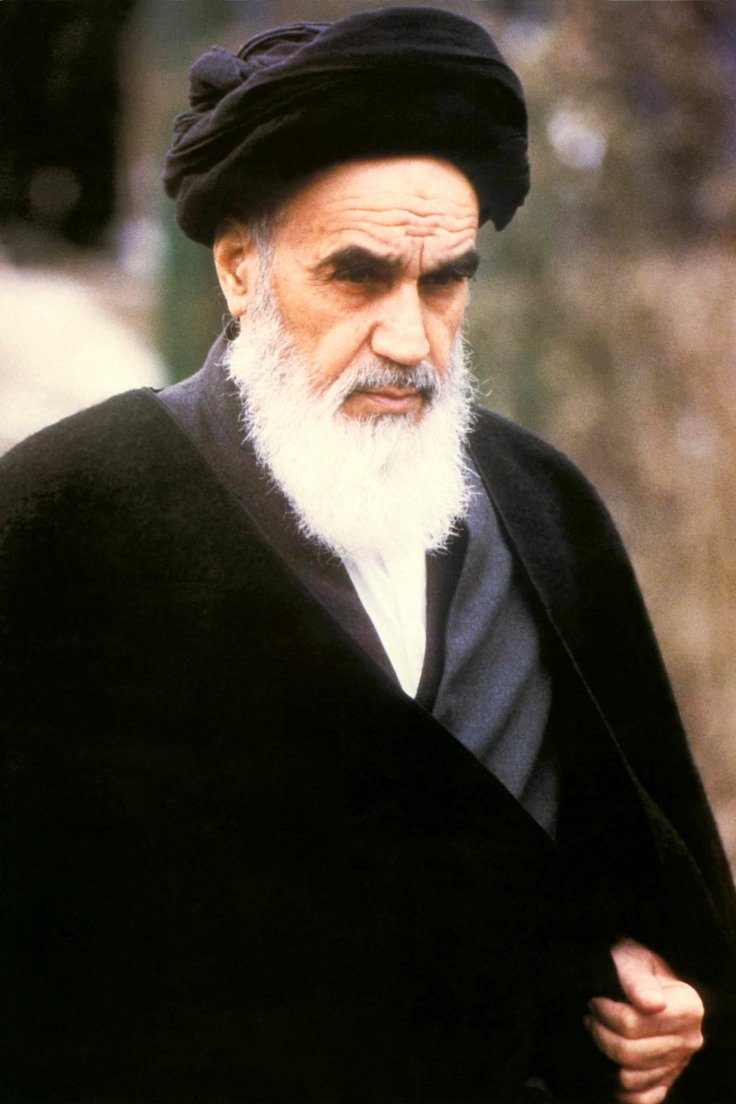By Tuesday, the number of coronavirus cases in Iran reached 2,336, along with 77 fatalities. Given the fact that the west Asian nation reported its first case only on February 19, such a huge surge in the number of cases raises serious questions about country's health infrastructure, government's efforts to handle the crisis and whether the Iranian regime tried to shield the disease outbreak, at first.
With cases surmounting, hospitals are overwhelmed with patients. With the country reporting the highest coronavirus fatality rate, fear and panic among common citizens are obvious. At such a crucial moment, several videos have emerged from Iran, where medicos are seen dancing, in an attempt to lift the morale of patients as well as fellow medicos.
Iranian nurses dance to cheer coronavirus patients

While the #CoronaVirus spreads all over Iran claiming hundreds of lives, Iran's admirable healthcare workers are overwhelmed and under a lot of pressure.
— Masih Alinejad ðŸ³ï¸ (@AlinejadMasih) March 3, 2020
Some of them are sending their dancing videos to show their human spirit.
By the way, dancing is forbidden in Iran. pic.twitter.com/2y0hlqX5we
Another dance video from the frontline of the fight against #Coronavirus in Iran. Every day a new video comes out and energizes and inspires people to keep fighting. pic.twitter.com/LlpOSlMTyG
— Negar Mortazavi نگار مرتضوی (@NegarMortazavi) March 4, 2020
In a video, the patients can be seen waving their hands, with music playing in the background as a woman tries to cheer them up. The video has gone viral on social media as people in the country continue their fight against the deadly virus.
Despite all the heartbreaking news from #Iran about the coronavirus oubreak, there are scenes of hope.
— Heshmat Alavi (@HeshmatAlavi) March 3, 2020
This nurse is helping lift the spirits of her patients.
ðŸ‘ðŸ‘ðŸ‘#Covid_19 pic.twitter.com/9jroLkXhdj
Iran has a ban on several things: Dancing is one of them

Although dancing was an important aspect of Persian life, before the Islamic Revolution of 1979, public dancing has been banned, since then, with an aim to strictly segregate the two genders. A woman is not allowed to dance in the presence of another man if he's not a family member.
In 2018, a Tehran municipality event to mark International Women's Day, attended by city's reformist mayor Ali Najafi drew wrath from Islamic hard-liners as grown-up women (above the age of nine) danced and the crowd applauded and cheered.
نجÙی، شهردار تهران
— Amene Shirafkan (@shirafkan82) March 7, 2018
اÙرادی Ú©Ù‡ مراسم را برنامه‌ریزی کرده بودند اعلام کردند سن همه دختر بچه‌ها زیر هشت سال بوده؛ بنابراین از نظر شرعی اشکالی وجود نداشته ولی البته من قبول دارم Ú©Ù‡ بهتر بود آن قسمت از برنامه اجرا نمی‌شد/شهر pic.twitter.com/d02MWyQqzJ
When Tehran's prosecutor threatened to open an investigation into the incident, Tehran's mayor had to post a picture of girls to assert that the girls were actually just eight years old, thus nothing "un-Islamic" had happened. In May 2018, several Iranian women were detained for posting their dancing videos. They were made to appear on a state news broadcaster, where they said they regretted for their activity online.









